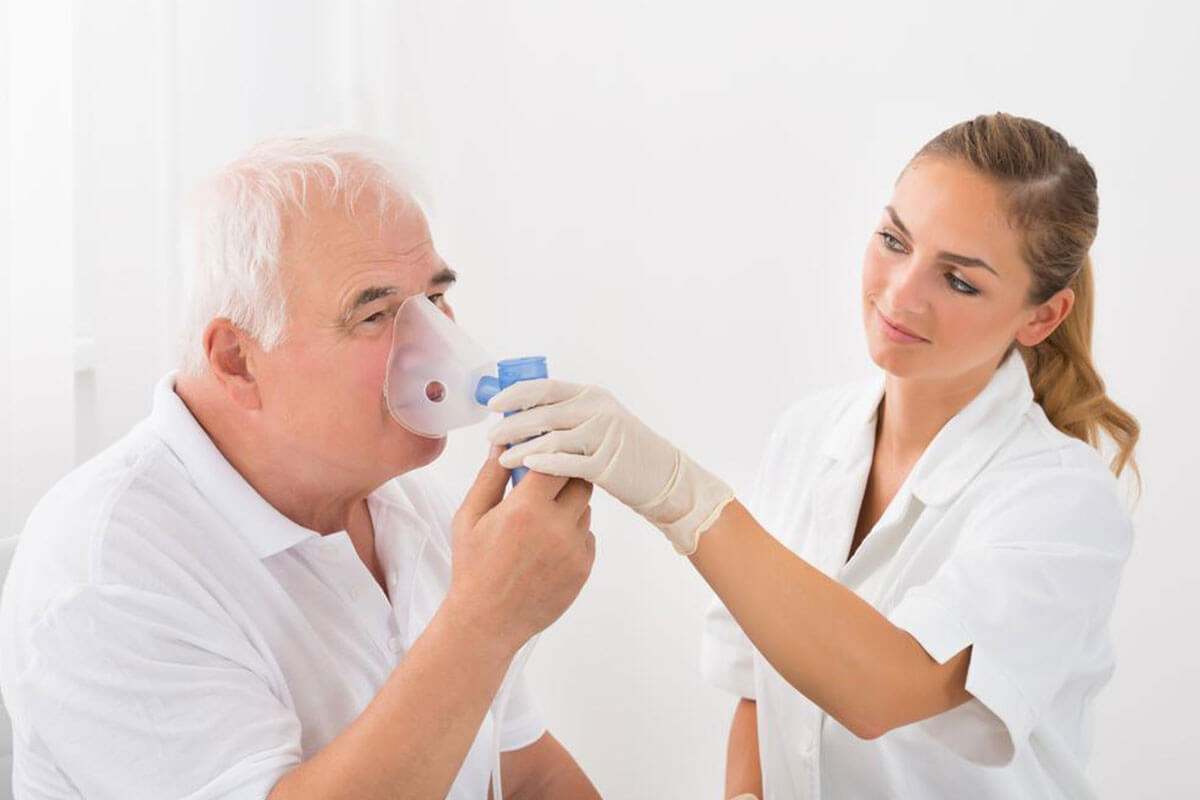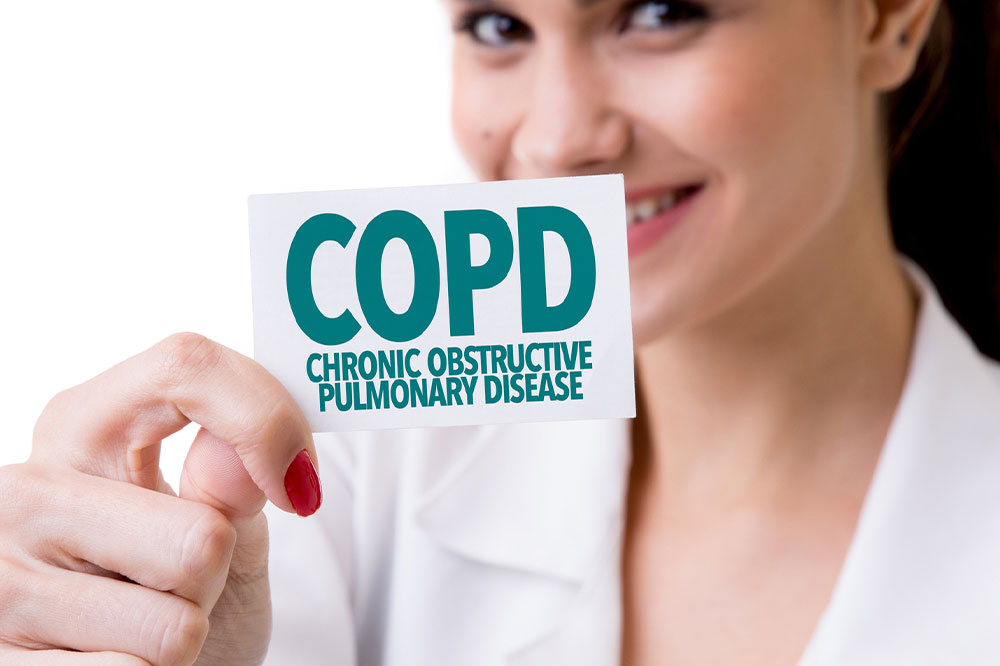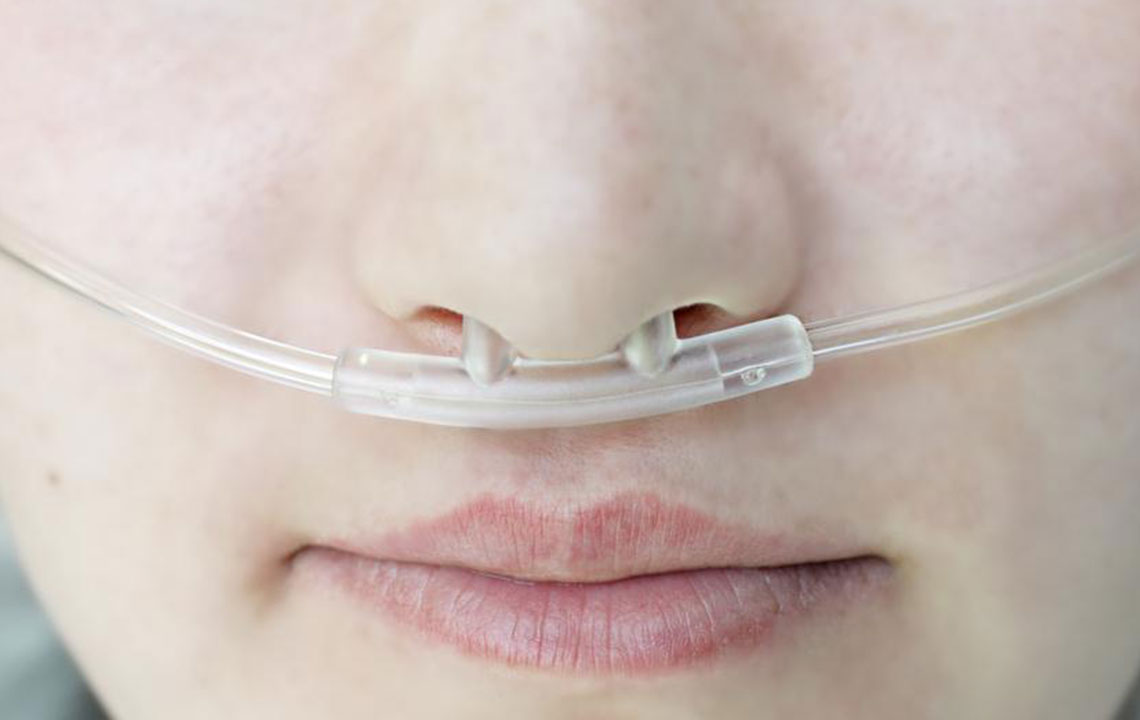Comprehensive Overview of COPD Progression and Care Strategies
This article offers an in-depth overview of COPD stages, symptoms, and management options. It emphasizes early detection, tailored treatments, and lifestyle adjustments to slow progression and improve patient quality of life. Understanding each stage helps patients and healthcare professionals devise effective strategies to manage this chronic lung disease effectively.

Comprehensive Overview of COPD Progression and Care Strategies
Chronic Obstructive Pulmonary Disease (COPD) is a critical respiratory disorder that impairs normal breathing. Encompassing conditions like chronic bronchitis and emphysema, it gradually deteriorates lung capacity. The disease advances through four identifiable stages, with symptoms worsening if untreated. Recognizing these stages aids in symptom control and enhances life quality. Typical signs include a persistent cough, excessive mucus, breathlessness, wheezing, and chest tightness. Mainly affecting middle-aged and older adults, COPD is non-contagious. Early detection and suitable treatment are vital for managing its progression effectively.
As the disease progresses, lung tissues become inflamed and damaged,leading to decreased oxygen intake. COPD primarily manifests as emphysema, involving alveolar damage that hampers exhalation, and chronic bronchitis, characterized by ongoing airway inflammation. Factors such as smoking, environmental pollution, and allergens increase risk. Symptoms tend to intensify over time, requiring medical intervention. Treatment options include medications, inhalers, supplemental oxygen, and ventilator support in severe cases. Understanding the disease stages helps patients and clinicians develop personalized management plans to slow progression and improve outcomes.
Stage 1 – Mild COPD
In this phase, airflow limitations are slight. Patients may experience subtle symptoms like a chronic cough and increased mucus, often unnoticed. Lung function tests can detect early changes. Early diagnosis is essential to prevent further decline.
Stage 2 – Moderate COPD
Symptoms such as consistent cough, mucus buildup, and breathing challenges become more evident. Medical consultation is typically sought at this stage. Treatment may include prescribed medications, inhalers, and nebulizers to facilitate easier breathing.
Stage 3 – Severe COPD
Symptoms worsen with frequent coughing and mucus production. There is increased dependency on oxygen therapy, and a higher risk of respiratory infections. Management involves bronchodilators, ventilator support, and other interventions to aid respiration.
Stage 4 – Very Severe COPD
Lung function is critically impaired. Symptoms are markedly worse, significantly affecting life quality. The risk of respiratory failure and heart issues like cor pulmonale rises. Advanced treatments, including tracheostomy and long-term ventilation, may be required to sustain life.
Recognizing COPD stages is crucial for effective treatment. Early diagnosis and customized care strategies can markedly improve quality of life and slow disease progression. Prompt consultation with healthcare providers ensures personalized management for better health outcomes.


